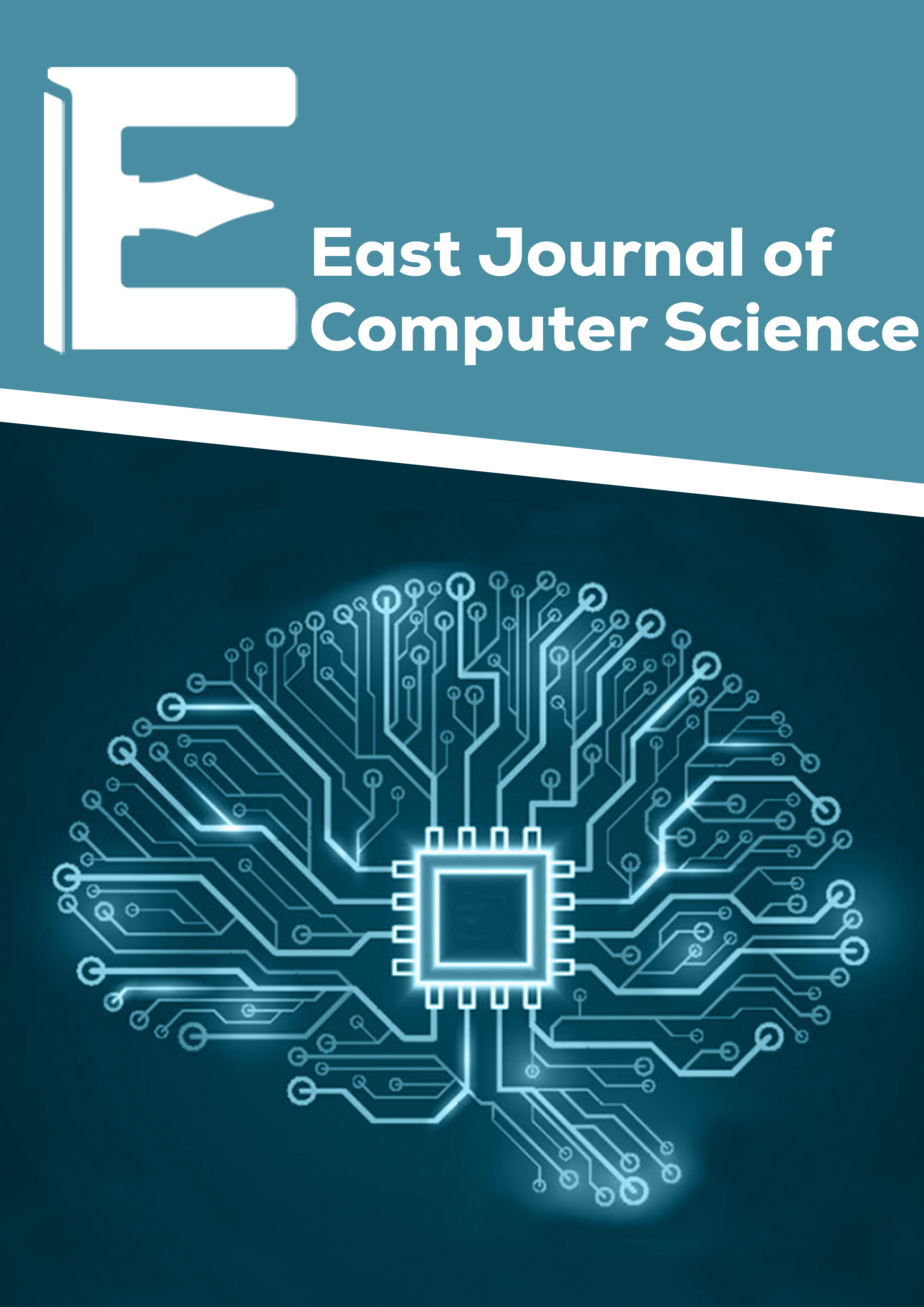Network Traffic Assignment Model for Vehicle-To-Vehicle Communication
Main Article Content
Abstract
The rapid advancements in automotive and communication technologies have paved the way for the development of connected and autonomous vehicles (CAVs), revolutionizing the future of mobility. However, the integration of human-driven vehicles (HDVs) and CAVs introduces significant challenges in traffic network management. This paper presents a multiclass traffic assignment model to address these challenges, using the cross-nested logit (CNL) and user equilibrium (UE) models to predict and manage mixed traffic flows. Dedicated short-range communication (DSRC) technology plays a critical role in facilitating vehicle-to-vehicle (V2V) and vehicle-to-infrastructure (V2I) communication, enhancing road safety and traffic efficiency. The study evaluates different traffic assignment models, such as user equilibrium, system optimum, and dynamic traffic assignments, to assess their applicability in real-world traffic scenarios. Furthermore, the advantages, limitations, and security implications of these communication models are discussed. The findings emphasize the potential of V2V and V2I systems in optimizing traffic flow, improving safety, and reducing travel time, while highlighting the need for robust security and data privacy frameworks to support widespread adoption
Article Details
Section

This work is licensed under a Creative Commons Attribution 4.0 International License.

